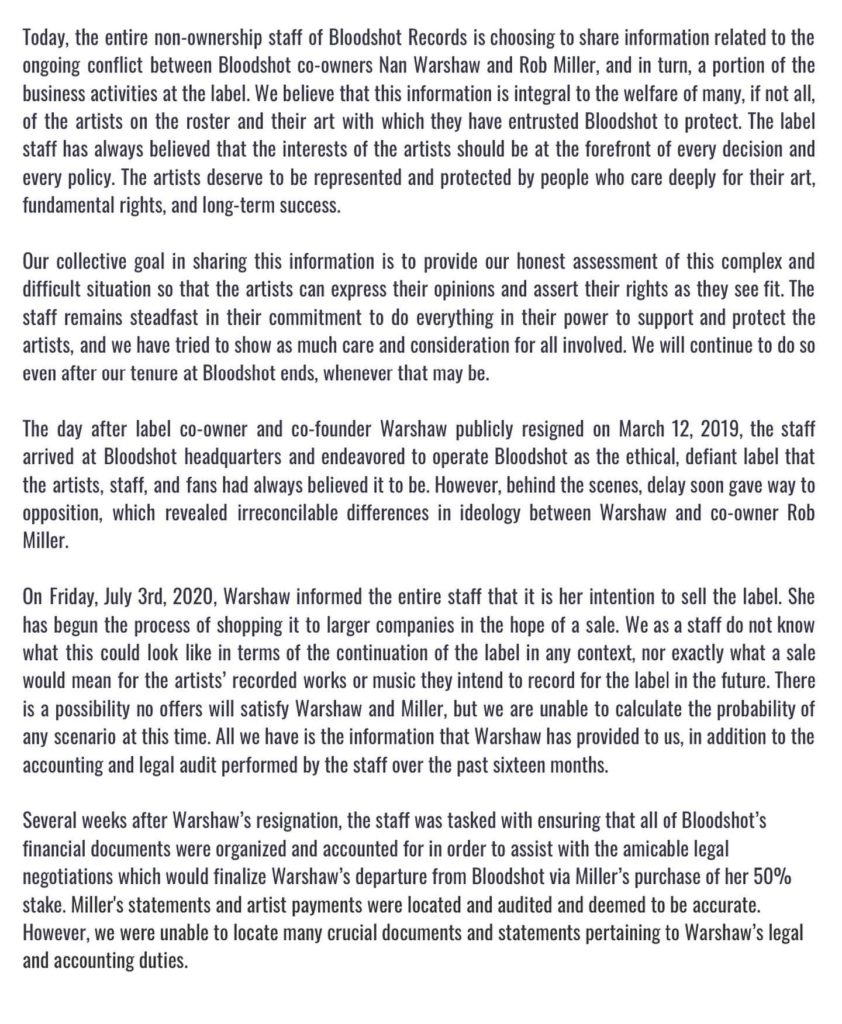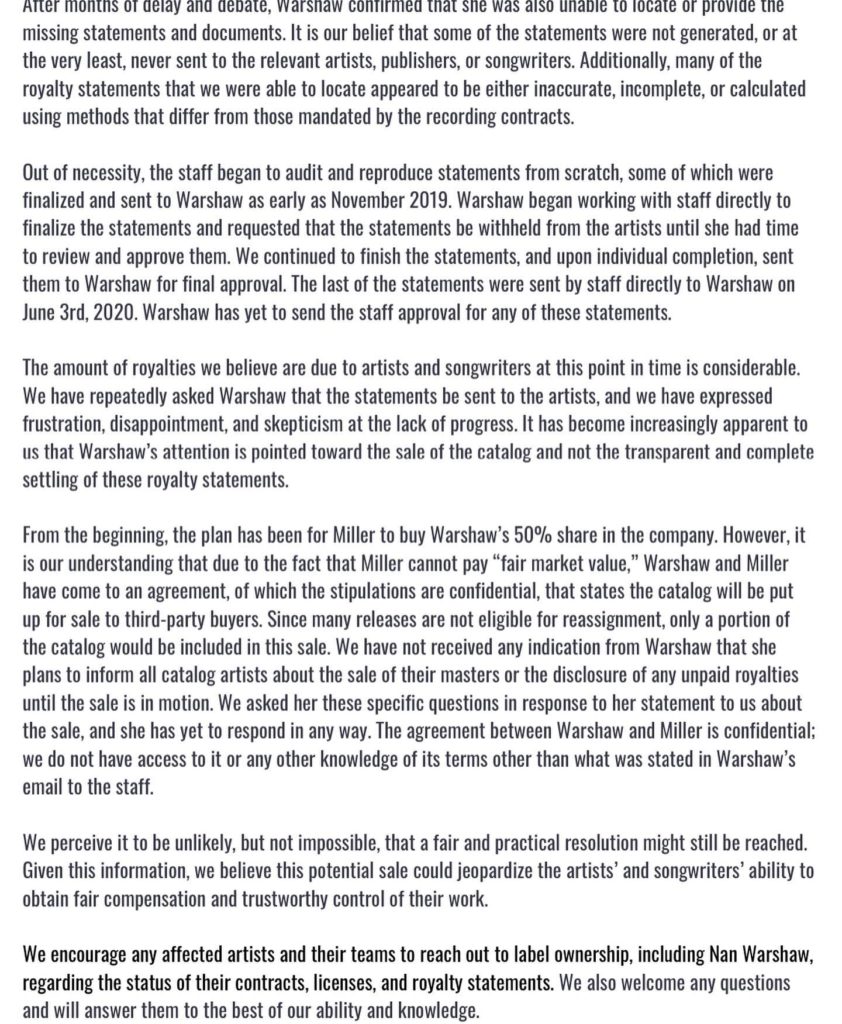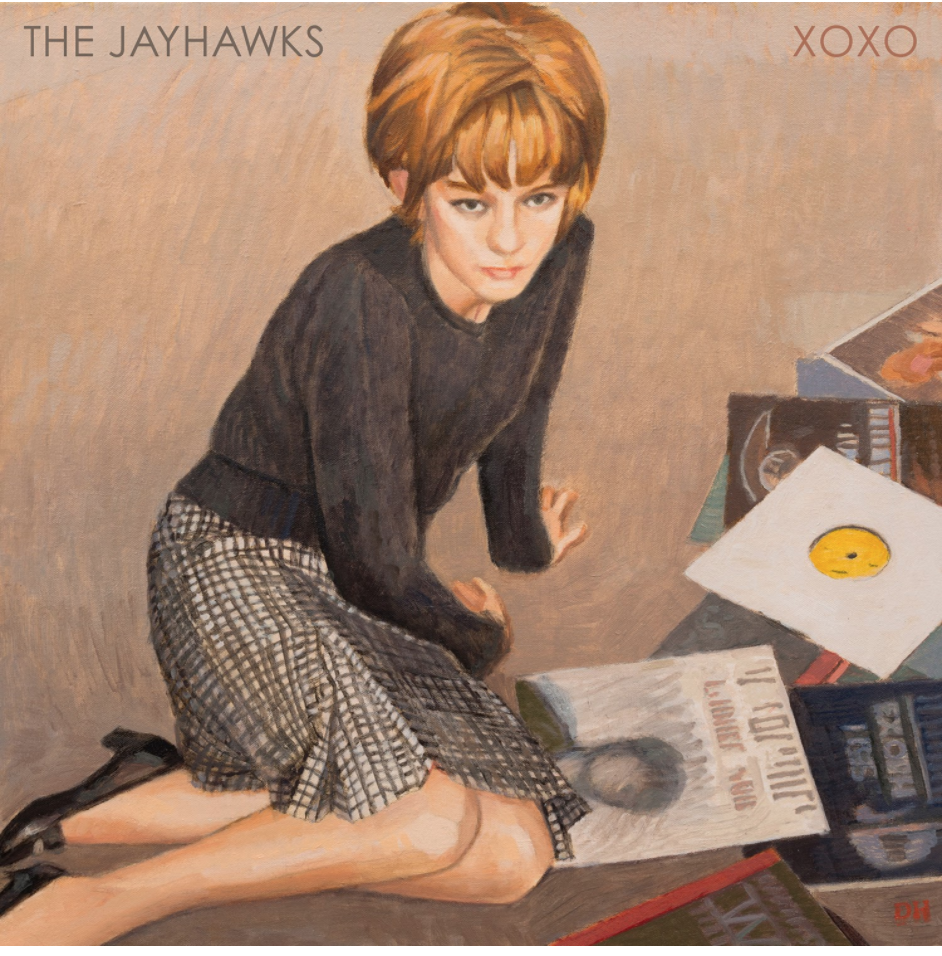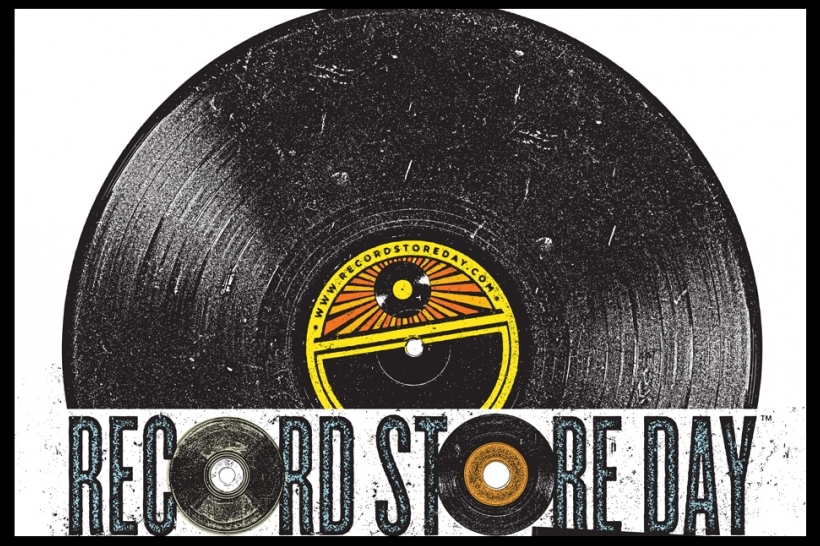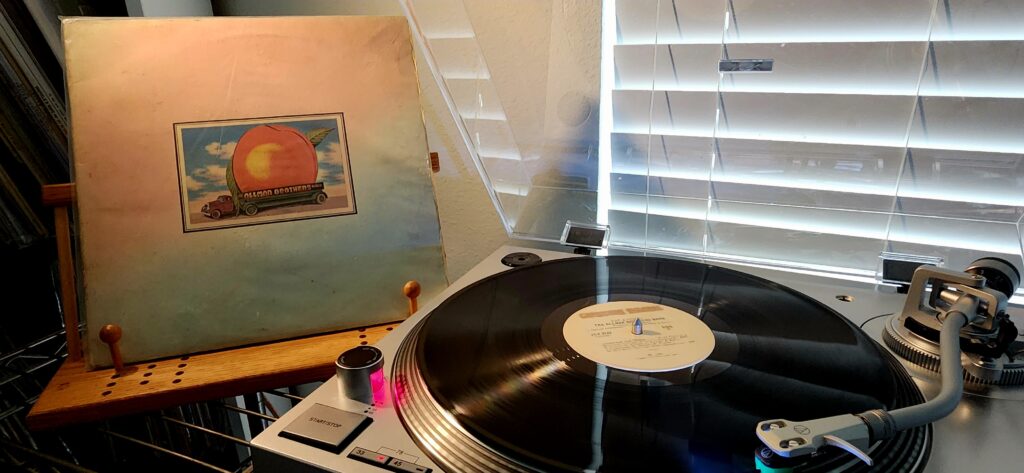
Released in 1972, Eat A Peach stands as one of The Allman Brothers Band’s most cherished records. It captures a period of transformation and emotional depth that few albums in rock history have been able to encapsulate. It’s a poignant blend of blues, jazz, country, and rock, weaving an emotional tapestry through some of the band’s most memorable performances. The album was recorded amid a dark period of grief following the death of founding member and guitar prodigy Duane Allman, a loss that deeply impacted the band and its future performances and sound.
Following the success of At Fillmore East in 1971, which catapulted the band to stardom, the Allman Brothers returned to the studio to work on new material. However, their journey took a tragic turn when Duane Allman died in a motorcycle accident in October 1971. The band’s response was to honor his legacy by completing the album with a mix of new recordings and previously unreleased live performances featuring Allman. The title Eat A Peach reflects Duane’s statement in an interview about eating “a peach for peace,” embodying the free-spirited approach that the band held despite their tragedy.
Tracks:
1. “Ain’t Wastin’ Time No More”
The album opens with Gregg Allman’s introspective “Ain’t Wastin’ Time No More,” a song that addresses the inevitability of loss and the resolve to carry on. Gregg’s soulful, bluesy vocals and Dickey Betts’s slide guitar work create an anthem of resilience. It’s a powerful opener that establishes the band’s commitment to honor Duane’s memory by pushing forward, both musically and emotionally.
2. “Les Brers in A Minor”
This instrumental piece is a showcase of the band’s collective talents. Clocking in at nearly 9 minutes, it’s a dynamic journey through jazz-rock fusion, driven by bassist Berry Oakley and dual drummers Butch Trucks and Jaimoe. The track is experimental and free-form, encapsulating the jam-band ethos that The Allman Brothers helped pioneer.
3. “Melissa”
A tender ballad written by Gregg Allman, “Melissa” was one of Duane’s favorite songs. Its presence on the album gives it a sense of intimacy and nostalgia. Gregg’s vocals are hauntingly beautiful, accompanied by understated guitar work that creates a bittersweet reflection on love and memory. It has since become one of the band’s most enduring songs, cherished for its lyrical beauty and emotional resonance.
4.“Mountain Jam”
Spanning over 30 minutes, “Mountain Jam” is an epic instrumental recorded live at the Fillmore East and split between two album sides. The track, based on Donovan’s “There Is a Mountain,” is a masterclass in improvisational musicianship, with each member given space to shine. Duane’s soaring slide guitar and the fluid exchanges between the musicians illustrate the brotherly chemistry that defined the band’s sound. It’s a testament to Duane’s brilliance and showcases why he’s remembered as one of the greatest guitarists in rock history.
5. “One Way Out”
This live track, recorded at the Fillmore East, captures the raw energy of an Allman Brothers Band concert. Originally a Sonny Boy Williamson song, “One Way Out” is transformed into a blues-rock powerhouse, driven by the interplay between Duane and Dickey’s guitars and Gregg’s powerful vocals. The track has an infectious energy that makes it a staple in the band’s live performances.
6. “Trouble No More”
Another live recording, “Trouble No More” is the band’s rendition of a Muddy Waters classic. The blues-driven groove, led by Duane’s slide guitar, is an homage to the traditional blues that inspired much of the Allman Brothers’ music. It’s a track that highlights their blues roots while allowing each band member to contribute with passionate musicianship.
7. “Stand Back”
“Stand Back” blends blues and funk, with Gregg’s gritty vocals and organ work creating a soulful feel. The rhythm section is particularly tight, and Betts’s guitar work adds a touch of finesse. It’s a groove-laden track that showcases the band’s versatility and ability to incorporate diverse musical influences.
8. “Blue Sky”
One of Dickey Betts’s compositions, “Blue Sky” is a buoyant, country-inspired track that radiates warmth. Betts’s guitar solo, fluid and lyrical, is one of the album’s highlights. Written for his then-wife, the song feels like a hopeful tribute to love and optimism, capturing a brighter, more hopeful side of the band’s sound. It remains one of the Allman Brothers Band’s signature songs and is frequently played on classic rock radio.
‘Eat A Peach’ is a showcase of the Allman Brothers Band’s unique fusion of rock, blues, jazz, and country. The production, managed by Tom Dowd, allows each instrument to stand out while maintaining the integrity of the band’s collective sound. The guitar work, especially Duane’s, is central to the album, creating an emotionally charged atmosphere that reflects both the band’s technical skill and their emotional depth. The use of live recordings from the Fillmore East adds an authentic touch, capturing the spontaneous energy of their performances and preserving Duane’s contributions in an organic way.
Eat A Peach reached #4 on the Billboard charts and has since been certified platinum. Its influence on southern rock, jam bands, and blues-rock is undeniable, and it remains a cornerstone of The Allman Brothers Band’s discography. The album marked a turning point for the band, representing both the end of an era and the beginning of a new chapter. It’s a fitting tribute to Duane Allman, capturing the spirit of a musician who played with unparalleled passion and soul.
Eat A Peach is a tribute to resilience, memory, and the healing power of music. It reflects both the joy and sorrow that come with great loss, encapsulating a band determined to carry on while paying homage to one of rock’s greatest guitarists. For fans of the Allman Brothers and for newcomers alike, this album is a journey through profound grief, musical exploration, and, ultimately, celebration. It’s a timeless piece that continues to resonate, demonstrating the unique and enduring power of The Allman Brothers Band.
A must-have for any roots music fan.






